Obsessive-Compulsive Disorder (OCD) is a complex mental health condition that affects millions of people worldwide. While it is commonly associated with repetitive cleaning, counting, or checking, OCD can manifest in many different ways. Each type of OCD presents its own unique set of challenges, and understanding these nuances is key to effective treatment. In this article, we explore the different types of OCD, from contamination OCD to symmetry OCD, and how they impact daily life.
Contamination OCD: The Fear of Germs and Dirt
One of the most recognized forms of OCD is Contamination OCD, where individuals experience overwhelming fears of germs, dirt, or illness. The intrusive thoughts in this subtype often revolve around the belief that something is contaminated, potentially leading to severe health risks.
People with OCD contamination tend to engage in compulsive behaviors to alleviate their anxiety. These behaviors often include excessive hand-washing, cleaning, or avoiding "contaminated" spaces altogether. Some might even avoid touching objects or people out of fear they are "dirty." These rituals are not just about cleanliness but are driven by the need to reduce the intense anxiety that arises from these obsessions.
The impact of OCD contamination can be debilitating. It can take hours to complete daily routines, disrupt relationships, and lead to social isolation. Online OCD therapy and Cognitive Behavioral Therapy (CBT), especially Exposure and Response Prevention (ERP), have been shown to be effective in managing contamination OCD by helping individuals face their fears in a controlled and gradual manner.
Checking OCD: The Need for Reassurance
Another common form of OCD is Checking OCD, where individuals feel compelled to repeatedly check things, such as whether a door is locked, the stove is turned off, or an email was sent. The fear is often rooted in a sense of uncertainty or anxiety about making a mistake that could lead to harmful consequences, like causing a fire or a security breach.
This type of OCD often results in time-consuming rituals that significantly disrupt a person’s day. Compulsive checking may not necessarily make the person feel better, but they continue to do it to alleviate the anxiety caused by the obsessive thoughts. In some cases, people with OCD even feel the need to check the same thing multiple times, even if there’s no reason to believe it’s unsafe.
ERP therapy is highly effective in treating OCD, as it encourages patients to leave certain tasks unchecked and face the discomfort of uncertainty. This gradual approach can help break the cycle of compulsive checking over time.
Harm OCD: Fear of Harming Others
Harm OCD involves intrusive thoughts about causing harm to others, often loved ones. These thoughts can be shocking and disturbing, leading individuals with OCD to fear that they might act on them, even though they have no desire to do so. For example, a person with OCD may have recurring thoughts about accidentally harming their child or partner, even though they are deeply committed to their well-being.
This form of OCD can cause significant distress and guilt, as individuals are constantly worried about their own intentions. They may go to great lengths to avoid situations where harm could occur, sometimes even isolating themselves from others to avoid triggering these intrusive thoughts.
It’s important to note that harm OCD is not an indication of violent tendencies. People with OCD experience distress because these thoughts are unwanted and do not align with their values or desires. Treatment often involves OCD therapy focusing on challenging these irrational fears and reducing compulsive behaviors such as avoiding situations or seeking constant reassurance.
Symmetry and Order OCD: The Obsession with Balance
Symmetry and Order OCD is another prevalent subtype where individuals feel the need for things to be perfectly arranged or symmetrical. This could mean the alignment of objects, the positioning of furniture, or the repetition of actions until they feel "just right." The obsessive thoughts associated with this type of OCD are often tied to a fear of discomfort or a sense of something being "wrong" if things are not perfectly ordered.
People with symmetry OCD might feel compelled to align items in a specific pattern, and if their actions don’t result in perfect alignment, they may feel distressed or need to start the process over again. These rituals can be time-consuming and interfere with daily activities, making it difficult to complete even basic tasks.
Similar to other types of OCD, online OCD therapy can be an effective way to help individuals confront the anxiety caused by their obsessive need for symmetry. Gradual exposure to situations where things are out of place, combined with response prevention, can help break the cycle of compulsive ordering.
Pure O: Intrusive Thoughts Without Visible Compulsions
Unlike other types of OCD, Pure O (Purely Obsessional OCD) is characterized primarily by obsessive thoughts rather than physical compulsions. These thoughts may be related to a variety of themes, such as fears of harming others, moral or religious doubts, or concerns about self-worth. Despite the lack of visible compulsions, individuals with Pure O still experience distressing anxiety as they struggle with these intrusive thoughts.
Although it may seem like there are no outward signs of OCD in Pure O, individuals often engage in mental rituals to cope with their thoughts, such as mentally "reviewing" past actions or mentally repeating words or phrases. The lack of visible compulsions can sometimes make Pure O harder to diagnose, but it is equally debilitating for those who experience it.
online ocd therapy - visit the next website - and Cognitive Behavioral Therapy (CBT) can help people with Pure O by teaching them to tolerate the distress caused by these intrusive thoughts without resorting to mental compulsions. In this way, the therapy focuses on helping individuals manage their anxiety and disrupt the cycle of obsessional thinking.
Relationship OCD (ROCD): Doubts About Love and Compatibility
Relationship OCD (ROCD) centers around obsessive doubts and fears about one’s romantic relationship. Individuals with ROCD may question their love for their partner, their partner’s love for them, or whether they are truly compatible. These obsessive thoughts are often irrational, but the individual may feel compelled to seek reassurance from their partner or constantly analyze their relationship.
ROCD can cause significant strain on relationships, as the partner may feel overwhelmed by the constant doubts and reassurance-seeking. It can lead to an unhealthy focus on minor imperfections or perceived flaws, rather than fostering a healthy, supportive relationship.
CBT and OCD therapy tailored to ROCD typically focus on challenging negative beliefs about the relationship and teaching individuals to manage their fears without engaging in compulsive behaviors like reassurance-seeking.
Treatment for OCD: ERP, CBT
While OCD can vary in its presentation, Exposure and Response Prevention (ERP) is considered the most effective treatment for many types of OCD. ERP helps individuals gradually face their fears without engaging in compulsions, allowing them to learn that their fears are often irrational and that they can tolerate the discomfort without performing rituals.
For those seeking therapy from the comfort of their home, online OCD therapy has become an increasingly popular option. Online therapy offers flexibility, allowing individuals to access professional help without the constraints of in-person appointments. This can be particularly beneficial for those living in remote areas or with busy schedules.
Conclusion
OCD is a multifaceted condition that affects people in different ways. From contamination OCD to symmetry OCD, each type presents unique challenges that can significantly impact an individual’s quality of life. However, with the right treatment, including OCD therapy and online OCD therapy, it is possible to manage symptoms and lead a fulfilling life. If you or someone you know is struggling with OCD, seeking professional help is the first step toward recovery.
FAQs
What are the main types of OCD? The main types of OCD include contamination OCD, checking OCD, harm OCD, symmetry OCD, Pure O, and relationship OCD. Each has unique symptoms and compulsions.
How do I know if I have OCD? Contamination OCD involves obsessive fears of germs, dirt, or illness, leading to compulsive cleaning or avoidance. If these behaviors significantly disrupt your life, it may be contaminated OCD.
Is online OCD therapy effective? Yes, online OCD therapy is effective for many individuals. It offers the flexibility of remote treatment and is often combined with techniques like CBT and ERP to help manage OCD symptoms.
What is the best treatment for checking OCD? The best treatment for checking OCD is Exposure and Response Prevention (ERP) therapy, which helps individuals gradually confront their fears and reduce compulsive checking behaviors.
Can relationship OCD cause breakups? Yes, relationship OCD (ROCD) can strain relationships by causing doubts and anxiety about love and compatibility. Seeking treatment can help manage these fears and improve relationships.
What should I do if I suspect I have Pure O? If you suspect you have Pure O, it’s important to consult with a mental health professional. Cognitive Behavioral Therapy (CBT) and ERP are effective for managing intrusive thoughts and reducing mental rituals.








